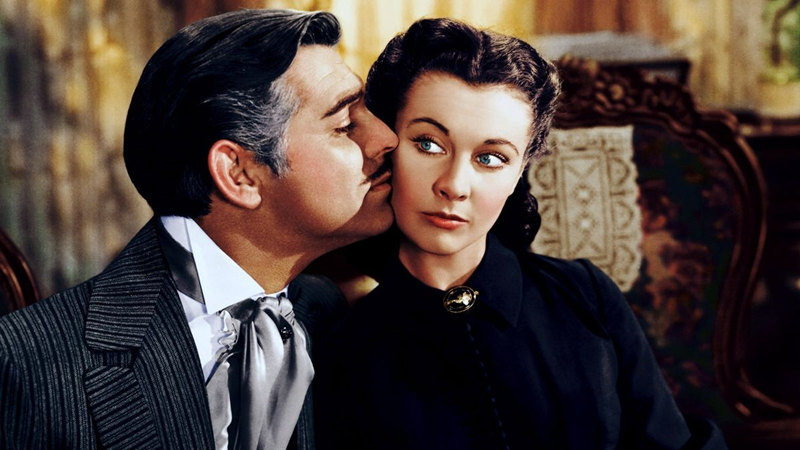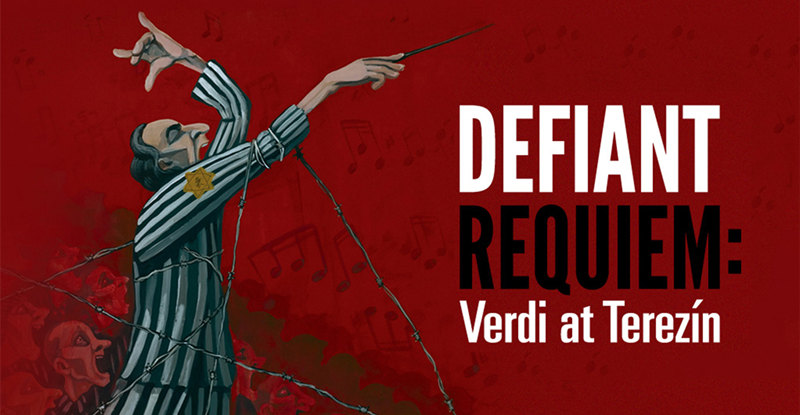From his break-through documentary “The Civil War” to this, his latest work for PBS, filmmaker Ken Burns has shown an unrivaled gift for finding the telling human detail in larger events of history. With a talented research staff assembling troves of documents, photographs, film footage, interviews, letters and historical ephemera, Burns assembles films that focus events key to American history (Prohibition, baseball, World War II) through the prism of the individual, bringing them a scale that is both intimate and far-reaching.
Narrated by Peter Coyote and beautifully edited by Craig Mellish and Ryan Gifford, “The Dust Bowl” is a two-disc, two-episode series that examines, in exhaustive fashion, the “greatest man-made environmental disaster” in history. In the opening of the first episode, Burns and writer Dayton Duncan frame the Dust Bowl as an avoidable event created by a singular confluence of weather conditions, human greed and environmental short-sightedness.
The plains land boom of the 1910s and 1920s led to the “Great Plow-Up,” the heedless, erosion-creating plowing of over 30 millions acres of the thick native buffalo grass that held the dirt down. Combined with an extended drought, unusually hot temperatures and the endless wind that restlessly prowled the plains, Americans effectively created the disastrous conditions that swept across the breadbasket beginning in late 1931. Layered on top of the farming disaster is the Great Depression, the worst economic disaster in modern history. In Burn’s film, the brutal, Biblical scope and impact of the twin catastrophes is made abundantly clear.
The implicit connection to current environmental changes and extreme weather events is not heavy-handed, but is an unavoidable undercurrent that runs throughout, the idea that our relationship with the land is one that is tenuous, and requires stewardship that is not always provided. Especially in Disc Two, the filmmakers are also careful to fully examine the vast human cost, and the perseverance and resilience against the odds that make the Dust Bowl so much more than just a story of economic and environmental disaster.
The story and writings of homesteader Caroline Henderson form a tender thread running through the chronology. She wrote a regular column, published in the Atlantic Monthly, about life on the middle American prairie, and her writing, read in voice-over by actress Carolyn McCormick, brings insight and deep feeling for both the beauty of the land and the rapidly deepening crisis. Her tenacious survival provides a poetic coda to the film as a whole.
Gritty, textured still photos of the individuals enduring the pitiless dust show the frail bodies and shadowed, haunted eyes of determination tested to its utmost. There is astonishing end-of-days footage and photos of the mountain-range sized, sun-blocking dust clouds rolling across the plains, small towns, and farmsteads. The impact of the massive “black blizzards” was felt as far away as Washington D.C., where the invasive dust reached even into the White House itself (days after the legendary April, 1935 storm called Black Sunday, FDR found in the dust on his desk “a little bit of Oklahoma in the Oval Office” as one historian notes).
Ubiquitous as it is now, the impact of this prime source research and voice-over reading, along with the “pan and scan” of still photos to reveal or focus detail, has lost none of its power since “The Civil War”, and there are many other striking passages of writing culled from newspapers and magazines of the times. They even locate the first printed use of the term “dust bowl” in 1935.
Along with these compelling images, at the heart of the film are the honest, poignant interviews. Along with expert commentary from historians, you hear from adults who suffered though the decade as children, and still carry the emotional scars of watching cattle being slaughtered, of the “dust pneumonia” that claimed brothers or sisters, and the desperation brought by loss of home and livelihood. When the film threatens to become a dawdling historical lesson or litany of facts and figures, these interviews bring the film to life again, and ground the viewer in the true tragedy.
Within the two major episodes, the film is wisely broken up into shorter chapters. Because of the level of detail and its overall length (more than four hours), “The Dust Bowl” is probably best viewed in shorter segments, as it was broadcast on television. The pace occasionally flags, but the richness of the resources and emotional grounding of the events overcomes the occasional repetition and dryness (so to speak) of the material.
Video:
“The Dust Bowl” is presented in 1080i hi-def, in a 16 x 9 format and 1.85:1 ratio. The sparse contemporary color location footage is gorgeous and rich, and the 30’s era photographs and film footage are surprisingly and marvelously detailed, despite the unavoidable graininess. Much effort has obviously been put into their restoration for this film.
Audio:
The audio track is presented in English 5.1 surround, and there is striking use of subtle music cues and sound effects. The interview tracks and narration are clear and balanced to the front speakers. Options include a Spanish language track, English and Spanish subtitles, and a video descriptive track for the visually impaired.
Extras:
On Disc One:
“A Land of Haze”: a biographical film, narrated by Burns himself, about writer and settler Hazel Lucas Shaw, and the death and funeral of her first child Ruthnell from dust pneumonia. Her writing is gracefully read by Patricia Clarkson, and features an interview with one of Shaw’s surviving children, who also speaks in the main film.
“Dust Bowl Stories”: further excerpts from interviews with the survivors of the Dust Bowl, most of which are interesting, though understandably excised from the film. They are divided into the same chapters as the main film.
“Uncovering The Dust Bowl’: a short interview with Burns, writer Dayton Duncan and others, about the origins and ideas behind documenting the “ten-year apocalypse” of the Dust Bowl
On Disc Two:
“Grab A Root And Growl”: an interesting biographical short about Texas newspaper editor John L. McCarty, his efforts with professional “rainmakers,” and his fight against what he viewed as the irresponsible negativity about the Dust Bowl lands. McCarty’s words are read by Keith Carradine.
“The Dust Bowl–Eyewitnesses”: examines the filmmakers’ search for survivors and their stories
“The Dust Bowl–Legacy”: further background about the human causes of the Dust Bowl, and the hope that we will learn from this “cautionary tale.”
Parting thoughts:
Visually rich, painstakingly researched and assembled, and heavily detailed, “The Dust Bowl” is a demanding but rewarding examination of the grand scale and intimate suffering of a man-made folly, and the deeply human resilience and strength that such folly can also create.


